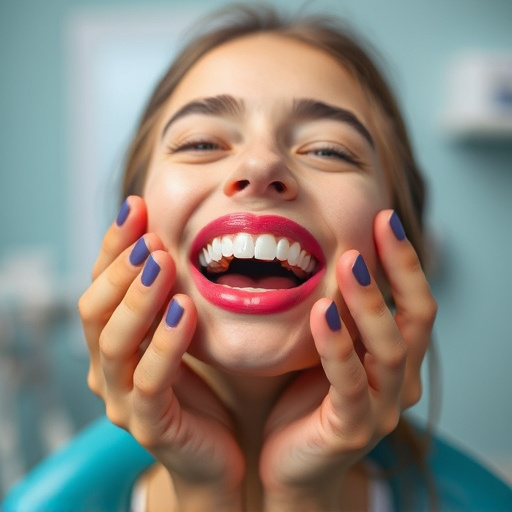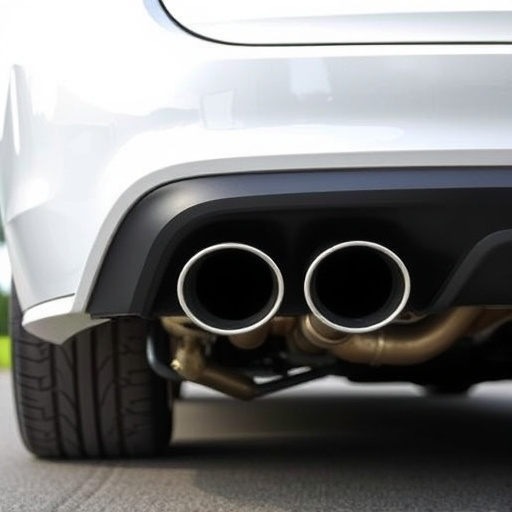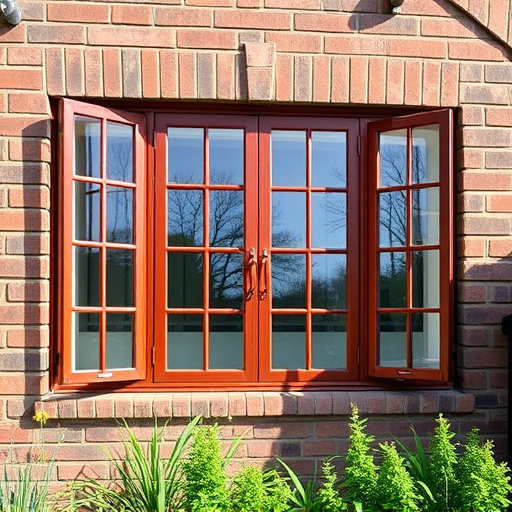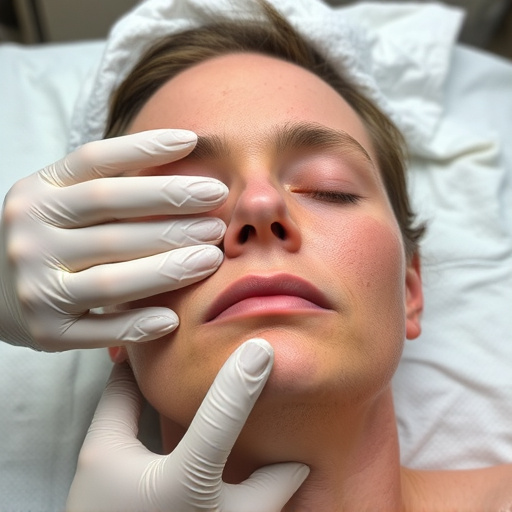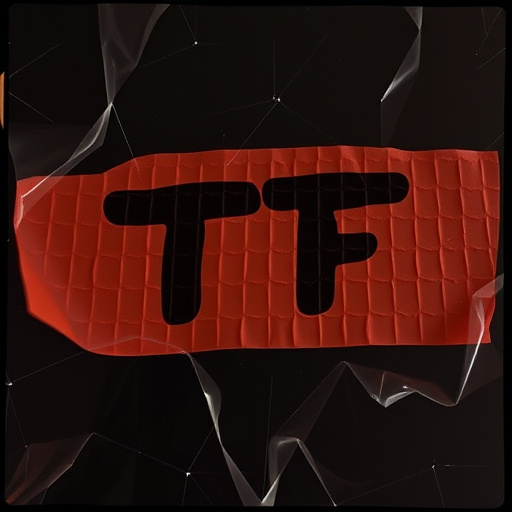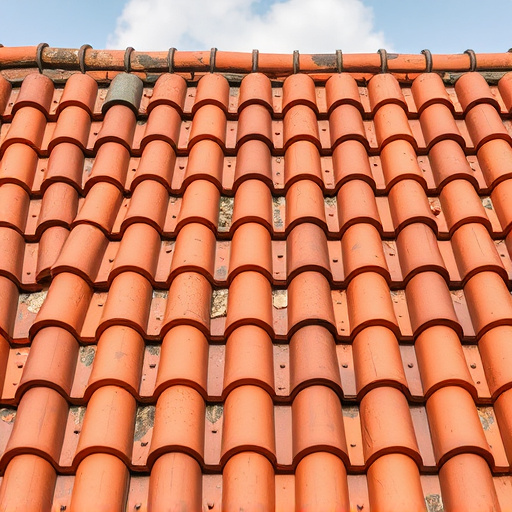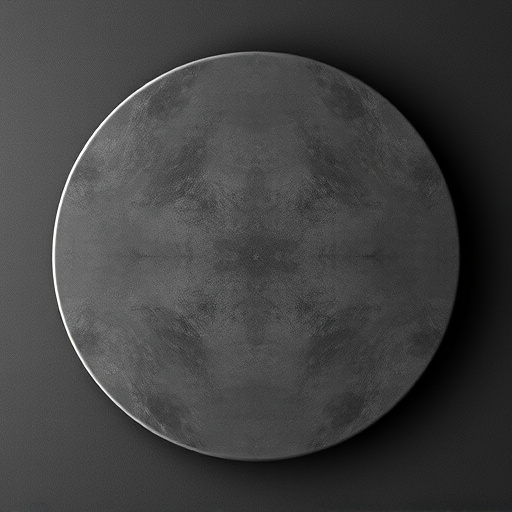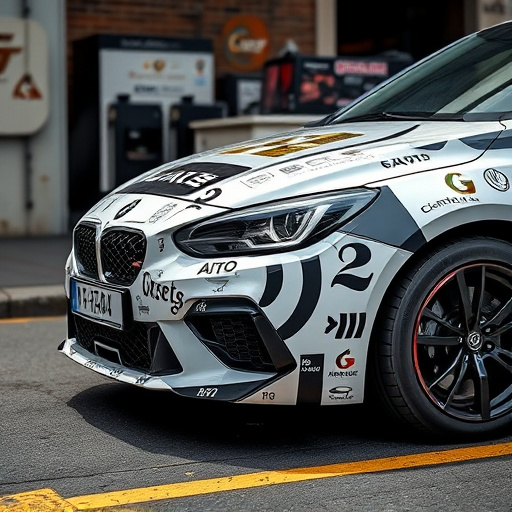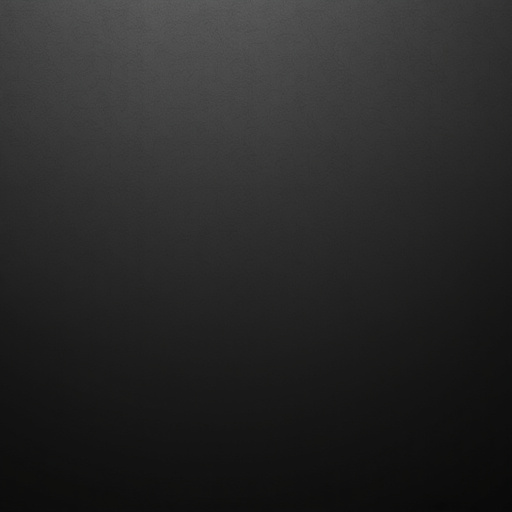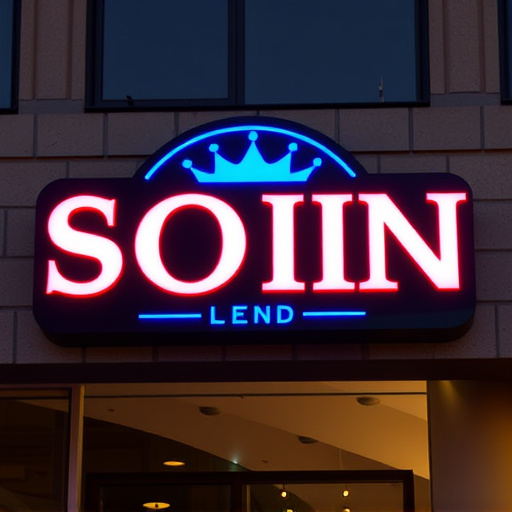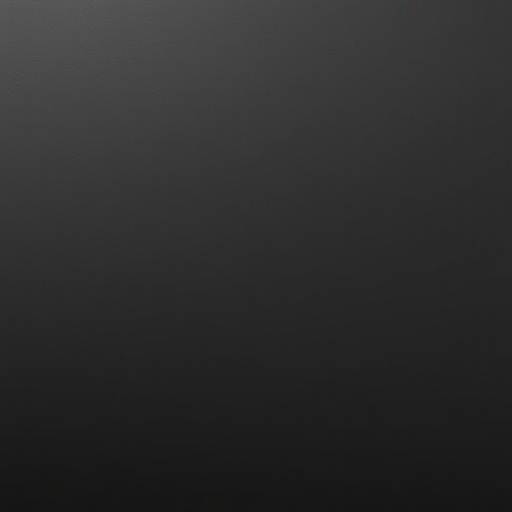Clear coat restoration is a DIY-friendly car care process that rejuvenates and protects vehicle exteriors, enhancing aesthetics and resale value. It involves sanding, using specialized compounds, and optionally applying paint protection film (PPF). Despite its cost-effectiveness, clear coat restoration requires precision, patience, and practice; mistakes can cause scratches or imperfections. Beginners should prioritize safety, clean surfaces thoroughly, use appropriate compounds gently, and work in small sections to achieve a professional finish. Compared to alternatives like vinyl wraps or painting correction, meticulous clear coat restoration ensures optimal aesthetic and protective results.
Is DIY clear coat restoration safe for beginners? This guide explores whether tackling this popular surface protection method is feasible at home. We’ll demystify the process, from understanding clear coat and its benefits to navigating the pros and cons of a DIY approach. Learn about crucial safety measures, essential tools, and expert tips for achieving a flawless finish, or when it’s best to seek professional help.
- Understanding Clear Coat Restoration: The Basics
- Pros and Cons of DIY Clear Coat Restoration
- Tips for Safe and Effective DIY Clear Coat Restoration
Understanding Clear Coat Restoration: The Basics

Clear coat restoration is a process that involves reviving and protecting the exterior finish of a vehicle. It’s more than just a simple polishing; it aims to restore the clear protective layer, often referred to as the clear coat, which shields the paint job from environmental damage. This process is crucial for maintaining the car’s aesthetics and resale value, especially given the constant exposure to dirt, UV rays, and other elements that can degrade the paint over time.
The basics of clear coat restoration include sanding down the surface to remove minor scratches and imperfections, followed by applying a specialized compound designed to fill and smoothen out these marks. Once the surface is prepped, a protective layer known as paint protection film (PPF) or heat rejection film can be installed for added scratch protection and UV resistance. This step is especially beneficial for DIY beginners as it offers a cost-effective solution to keep the car looking its best without frequent professional treatments.
Pros and Cons of DIY Clear Coat Restoration
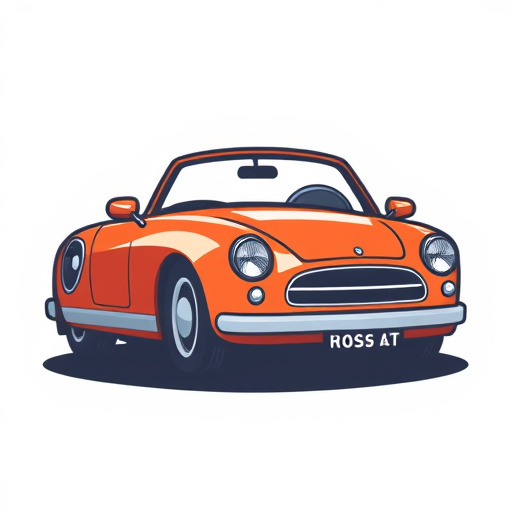
Clear coat restoration, a popular DIY trend, offers both advantages and potential drawbacks for enthusiasts taking on their first car customization project. One of the primary pros is cost-effectiveness; it’s an affordable way to revive the appearance of your vehicle compared to professional services like ceramic window tinting or custom vehicle wraps. The process allows beginners to take control of enhancing their ride’s aesthetics, promoting a sense of accomplishment and self-expression.
However, there are cons to consider. Clear coat restoration requires precision and patience; one wrong move could lead to scratches or imperfections. Since it involves working with chemicals and specialized equipment, mistakes might be more noticeable on the finished surface compared to other car customization methods like custom vehicle wraps. Moreover, achieving a professional-grade finish may demand practice and experience, which can be frustrating for DIY beginners.
Tips for Safe and Effective DIY Clear Coat Restoration

Before tackling clear coat restoration as a DIY project, it’s crucial to prepare properly and understand the process. Safety should always be your top priority; wear protective gear including gloves, goggles, and a mask to shield yourself from chemicals and dust particles. Start by thoroughly cleaning the surface with mild soap and water, ensuring no dirt or debris remains. This initial step is vital for achieving optimal results during clear coat restoration.
For effective DIY clear coat restoration, consider using a suitable compound designed for automotive applications. Apply it gently with a polishing pad, following the grain direction of the paint. Work in small sections to maintain control and precision. After sanding, wipe down the area with a clean cloth to remove any residue. This meticulous process lays the groundwork for achieving a smooth, glossy finish when applied correctly, with benefits extending to both aesthetics and protection—a far cry from the challenges posed by hasty, uninformed attempts at DIY projects like vinyl wraps or vehicle wraps, and painting correction.
Clear coat restoration can be a rewarding DIY project for those eager to refresh their furniture or automotive finishes. While it offers numerous benefits, such as enhanced protection and a vibrant, like-new look, it’s crucial to approach this process with caution, especially for beginners. By understanding the basics, weighing the pros and cons, and following safe, effective tips, DIY enthusiasts can achieve impressive results without putting their projects or safety at risk. Remember, proper preparation and taking your time are key to a successful clear coat restoration journey.
